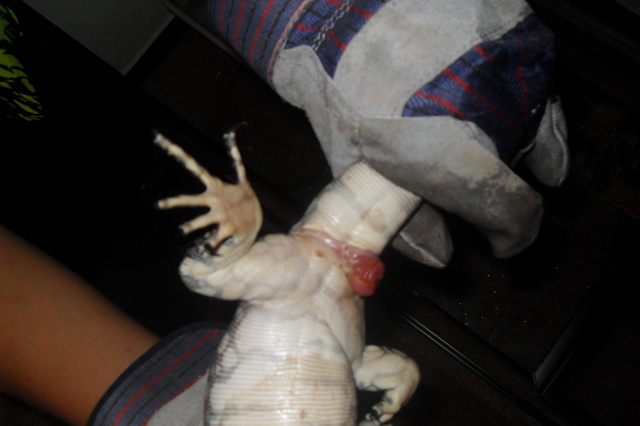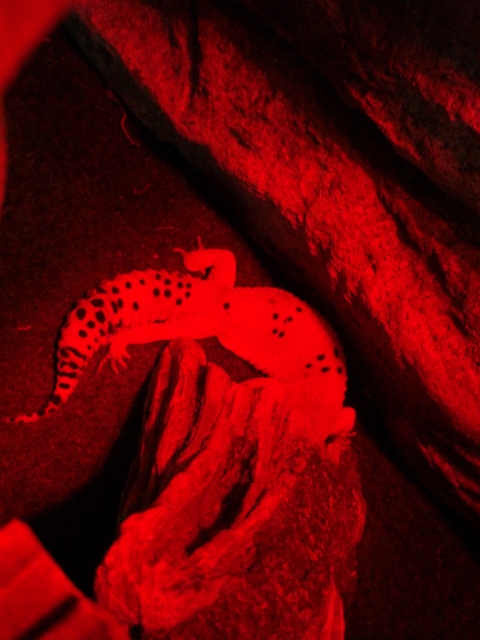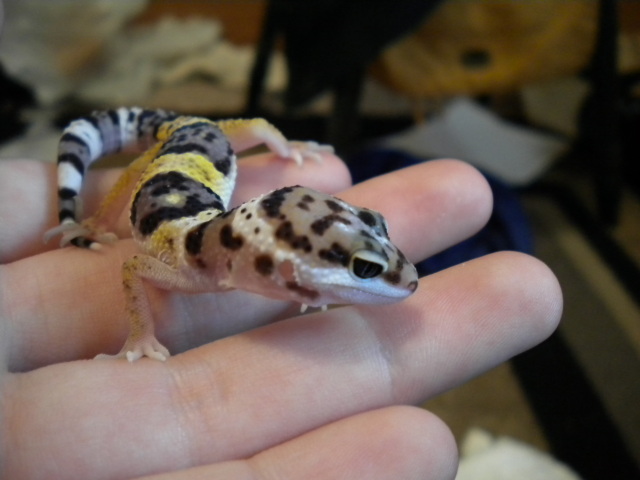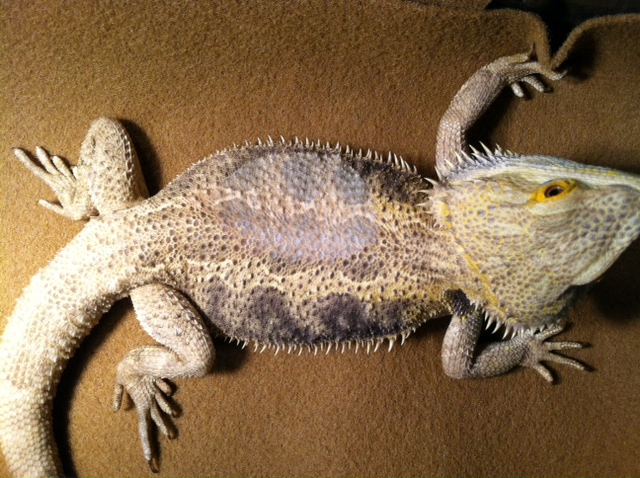QuestionMe and my friend have found a snake while hiking, it is around 5-6 inches, very thin, half a centimeter in width. It has a red underbelly and a dark-tan body, but has a black head with a white stripe right behind its head. The nose is snout-like and has black eyes. We think the scales smooth, although it is very small and kind of hard to tell. We found it on a southern Californian trail in the san gabriel valley. If you identify the snake for us that would be helpful, and any other advice would be appreciated.
Sincerely,
Betty and Jaslyn
AnswerHello Betty & Jaslyn:
What you girls have found is commonly known as a Western Black Head snake
Genus - Tantilla
Species - plainceps
these small burrowing snakes grow to a maximum of 15.5 inches (9 to 40 cm) and are nocturnal, seldom seen by humans except when crossing a road or path especially after a light shower in spring and summer. They feed on millipedes and centipedes and other small insects. They are oviparous (egg layers) with the young averaging between 3 and 5 inches. I would guess yours was born early this year. The area in California that you found it in is with in its elevation range of sea level to 4.000 feet.
To keep this snake it must have a secure spot to escape to and feel safe. Soft fine sand a few inches deep with something on the surface similar to a sheet of cardboard for it to hide under when above ground, a shallow water bowl with the temperatures at one end in the mid 80's and a cooler end temperature in the mid to high 70's. Non flying insects and small earth worms left in its enclosure should work well for food. Night time temperatures should drop 5 to 8 degrees F.
If you decide to release it, it should be placed in the exact spot it was found in, survival of captive specimens is less then ideal, they are very exacting snakes and require a precise habitat such as the one it was found in. I know you are curious and would enjoy caring for this little snake but its best chance for survival is in its own environment, in the end, it is your choice.
If there is anything else you need, just write and I will do what I can to help.
Best of luck
Joel
P.S. There is also two species of ring neck snake in this area that I forgot about. If you could send me a picture of the snake both top view and underneath view I will be able to tell you for sure which of the three possibles you have but I still think it's a Black-headed snake. heck for a row of black dots running the length of the body on the red underside. The dots should be along the outer edges. If they are there, you have a ring neck, if no dots are present, it's a black headed snake.

 MONITOR
Question
AREA IN QUESTION
I RECENTLY BOUGHT A MONITOR (
MONITOR
Question
AREA IN QUESTION
I RECENTLY BOUGHT A MONITOR (
 Sick leopard gecko part 2
Question
Chevy
Expert: Tracie Kretzschmar
Subject: Wh
Sick leopard gecko part 2
Question
Chevy
Expert: Tracie Kretzschmar
Subject: Wh
 cloudy eyes
QuestionQUESTION: Can my female leos cloudy eyes be cau
cloudy eyes
QuestionQUESTION: Can my female leos cloudy eyes be cau
 Leo Cage Advice
QuestionQUESTION: Hi. Im getting a leopard gecko for my
Leo Cage Advice
QuestionQUESTION: Hi. Im getting a leopard gecko for my
 Bearded Dragon skin problem
Question
Bearded Dragon
Something is wrong with
Bearded Dragon skin problem
Question
Bearded Dragon
Something is wrong with